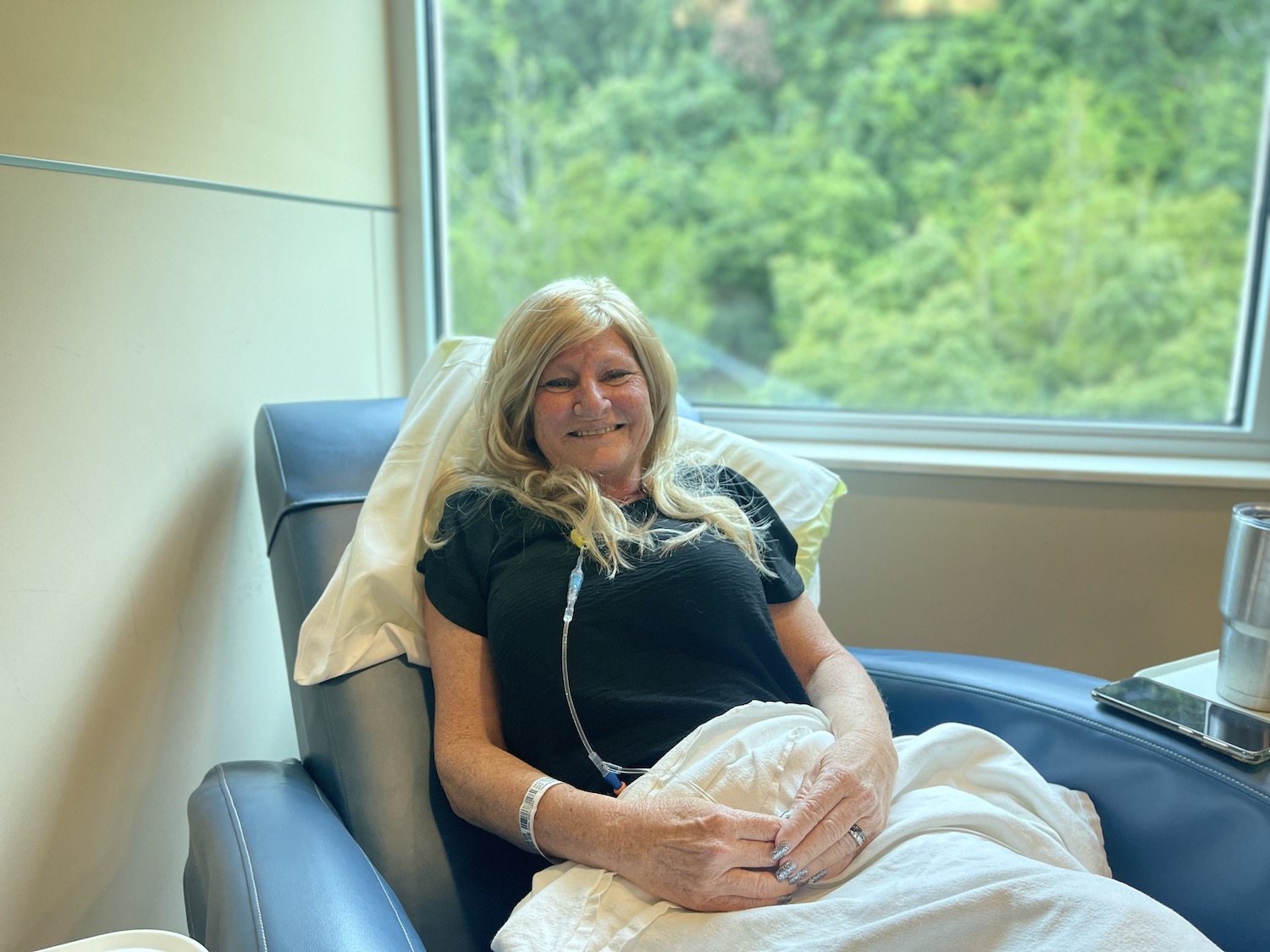Advances in Lung Cancer Treatment Allow Mom to Attend Son's Wedding Celebration
When Debbi Taylor’s pulmonologist noticed a spot in her lungs from a CT scan, she wasn’t convinced that it was cancer just yet, but wanted to get a second look at a follow-up appointment.
Following a second scan on Feb. 16, 2023, Cybelle Pfeifer, MD, of TMH Physician Partners – Pulmonary, Critical Care & Sleep told Debbi the spot had grown. Debbi was immediately scheduled for a PET scan, which detects abnormal cell growth in the body, and a biopsy. By the first week of March, she was beginning treatment at the Tallahassee Memorial Cancer Center.
Debbi had been diagnosed with small cell lung cancer.
“Small cell lung cancer is a very aggressive subtype of cancer and the less common of the two major sub-types of lung cancer,” Tod Morris MD, Medical Director at the Tallahassee Memorial Cancer Center says. “This specific classification was that of an aggressive neuroendocrine tumor.”
Debbi, a home health administrator, and her husband, a project manager, are planners. They like to get things done quickly and efficiently. They were especially motivated with their youngest son’s 10-year wedding anniversary celebration overseas on the horizon. A once-in-a-lifetime trip, the task-oriented couple started scheduling her necessary appointments immediately.
Debbi explains how her son, stationed overseas in the military, and daughter-in-law married 10 years ago, but never had a big wedding celebration. Her upcoming trip, which included stops in Ireland, England and Spain – would be the celebration they all had dreamed of.
“I’ve got to make this trip,” Debbi says she told herself, while trying to manage the process of scheduling multiple appointments and cancer treatments.
Getting to Treatment Faster
They had scheduled all but one of the necessary appointments she needed within just one day following their initial consultation with Dr. Morris.
“We saw Dr. Morris on a Thursday and he gave us a list of things that needed to be done,” Debbi says. “And Friday, my husband and I were discussing it, and we were mad that we didn’t get an MRI scheduled yet. There were four or five things on our list, and we were sitting there, and I said, ‘You realize that was just yesterday that we saw him?’”
Within three days of her initial appointment at the Cancer Center, Debbi began radiation treatment. A few days later she started chemotherapy.
Radiation treatment requires a demanding schedule – five days per week – in an attempt to destroy and shrink cancerous cells. With some fortunate timing on her side, Debbi became one of the earliest patients to use new radiation equipment at the Cancer Center.
TrueBeam Increases Radiation Accuracy; Shortens Sessions
The Cancer Center had recently acquired and installed the Varian TrueBeam. The TrueBeam is a state-of-the-art linear accelerator that provides the most accurate radiation treatment to patients quickly, safely and comfortably.
Because it’s so accurate, it allows radiation therapists to more efficiently treat the cancer site – helping to shorten radiation sessions for patients.
After her treatment began Debbi finally began to realize the gravity of her situation. She never thought of herself as a cancer patient until she was well into her treatment.
“I don’t think I even had time to process it because I have to have answers,” she says. “It didn’t really even hit me until halfway through my chemotherapy treatments when my hair began to fall out.”
A former smoker, Debbi met the criteria for annual Low Dose CT scans – a method of lung cancer screening that saves lives.
Lung Cancer Often Shows No Symptoms
The 5-year relative survival rate for small cell lung cancer is just 7%, according to the American Cancer Society. But, when small cell lung cancer is diagnosed at a localized stage, the 5-year relative survival rate is a more optimal 30%.
However, because lung cancer typically shows no symptoms early on, it often isn’t diagnosed until it has reached a later stage, after it has metastasized. This means the best chance for catching lung cancer early is through routine screening for former and past smokers who meet certain criteria.
“When found early on, we have modalities and therapy that can significantly improve long-term survival in lung cancer patients,” Dr. Morris says. “This highlights the importance of our Low Dose CT screening programs for patients with tobacco history, enabling us to find these cancers in their earliest stages.”
Early lung cancer diagnosis hasn’t always been very practical, though. Only within the past two decades have advancements in technology and research modernized wide-scale and accessible lung cancer screening for patients who are facing the highest risk.
Researchers first developed a technique to find malignant cells in saliva in the early 1960s, but it wasn’t until decades later, during the 1990s and early 2000s that low-dose computed tomography (CT) scans started to become the norm for lung cancer screening.
Screening Guidelines Save Lives
From there – the guidelines for lung cancer screening through CT scans have been reviewed and revised over the past decade. The current guidelines from the United States Preventative Services Task Force (USPSTF) recommend annual screening in adults aged 50 to 80 years who have a 20 pack-year smoking history and currently smoke or have quit within the past 15 years. A 20 pack-year history is defined as smoking the equivalent of a pack a day for 20 years.
It’s very possible that if Debbi hadn’t followed screening guidelines, she still may not know today, months after her diagnosis, that she has lung cancer.
Another tool that helps healthcare providers at TMH detect lung cancer earlier is robotic bronchoscopy. Traditional bronchoscopy often requires multiple appointments and attempts to find cancerous nodules to biopsy. Robotic bronchoscopy is often more accurate and lowers the threshold to finding these nodules within the lungs.
Tallahassee Memorial is home to the region’s first robotic bronchoscopy equipment, the MONARCH™ platform, which helps get local patients from diagnosis to treatment quicker than ever.
While Debbi just missed the installation of the MONARCH™ at TMH, physicians are hopeful that the platform can help dozens of potential lung cancer patients expedite treatment, if necessary, over the first year of utilizing the robot.
Treatment Allows Debbi to Travel
Debbi remains optimistic and says she tries not the think of the statistics or possible outcomes and enjoy her life and her time with her family. She says that the compassionate care she’s received from the team at the Cancer Center has helped her to keep her spirits up and remain hopeful.
“They’ve been phenomenal, and everybody has been wonderful,” Debbi says. “It seems like everyone here truly, truly cares and it’s not just a job for them. They make sure you know what’s exactly going on with your care.”
It’s not just Debbi who was impressed with her treatment at the Cancer Center. Dr. Morris and the colleagues at the Cancer Center were equally impressed with Debbi as a patient.
“She did extraordinarily well with her therapy, with very little toxicity and was able to complete it in an efficient manner,” Dr. Morris says. “Because she was diagnosed early on and treated so efficiently, this allowed her to get back to her normal life and enjoy her trip to Europe.”
Looking forward to her trip just days following her final chemotherapy treatment, which was schedule for late May, Debbi is thankful that her expeditious treatment afforded her the opportunity to even take the trip – something she’s not taking for granted.
TMH is home to the region’s only Thoracic Oncology Clinic where a multidisciplinary collaborative care team expedites care for patients with suspected lung cancer or other thoracic cancers. Learn more at TMH.ORG/LungCancer.

